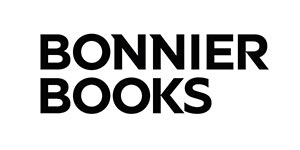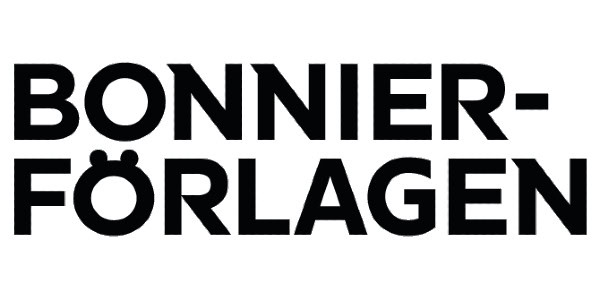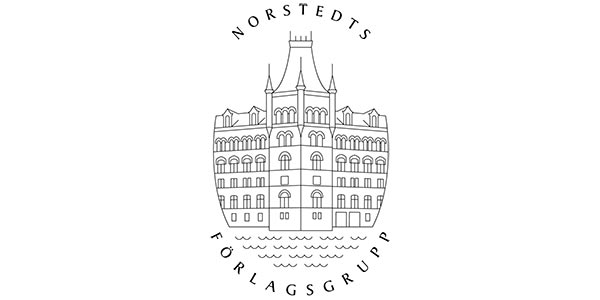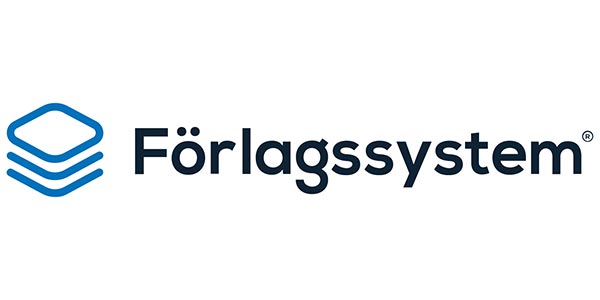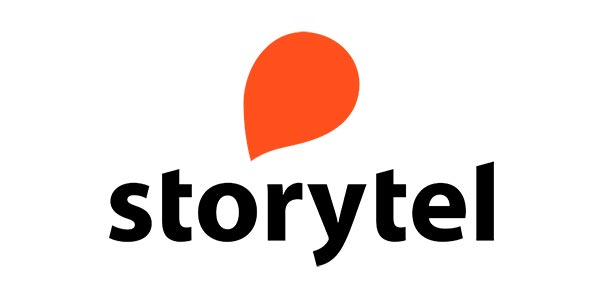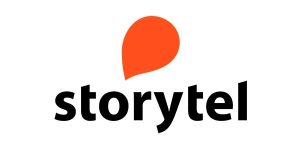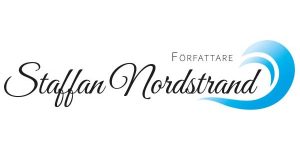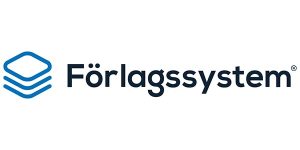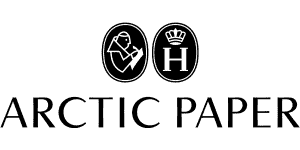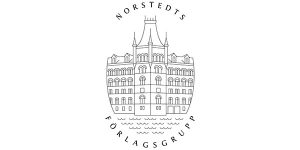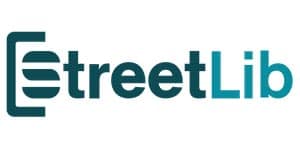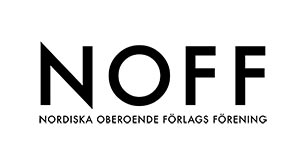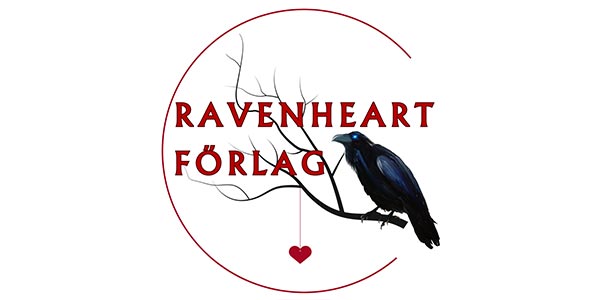
Director interlocking and firm ownership : longitudinal studies of 1- and 3-mode network dynamics

| Serie | Stockholm studies in sociology, N.S. (41) |
|---|---|
| Författare | |
| Förlag | Acta Universitatis Stockholmiensis |
| Genre | Ekonomi |
| Format | Häftad |
| Språk | Engelska |
| Antal sidor | 154 |
| Vikt | 335 gr |
| Utgiven | 2015-09-02 |
| SAB | Qban-c |
| ISBN | 9789186071332 |
This thesis is based on three empirical studies of the director interlock network among Swedish firms listed on the Stockholm Stock Exchange, focusing on its consequences for firm behavior and its association with ownership structures. Director interlocks are created when directors serve on, and hence interlock, several boards. Director interlocks aggregate to a social network that not only connects most firms into a single component, but are, more essentially, also shown to affect firm behavior. The introductory chapter contains a review of the director interlock research as well as some suggestions for future research directions. Study I is an examination of the importance of director interlock relations for stock repurchases. Using parametric survival analysis, it is demonstrated that the decision to repurchase stocks is dependent on both the firms' economic settings and their director interlocks. Study II examines the network impact on recruitment of new board members in the network of firms, directors, and owners. Using simulations, it is shown that directors with personal contact with a director and/or owner of the recruiting firm have a substantially increased probability of being recruited to the focal board. Study III examines the association between ownership and director interlocks. Re-analyses of the same network examined in Study II show that multiple director assignments are highly dependent on ownership interlocks. The three studies exemplify the real-world consequences of board interlocks and field a new understanding of the mechanisms behind their formation. Furthermore, the association between the director and ownership interlock suggests that the ownership network (co-)produces some of the phenomena that have been attributed to the director network. These results underscore the need for further examination of director interlocks to bring the owners back into the analysis.

